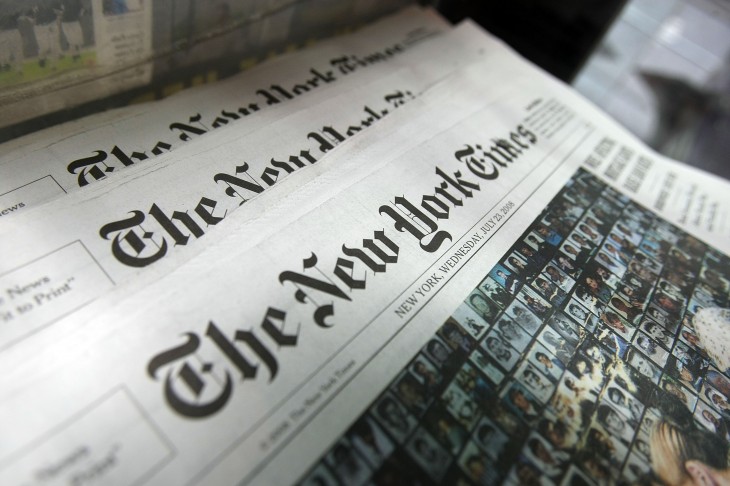cp160517@ohio.edu
Is it ethical to publish violent content? Oftentimes, after a tragic event is widely broadcast, the media is criticized for publishing images that are considered to be violent and distasteful. Unfortunately, the viewers who make this critique don't always appreciate that the media has an obligation to the public to be transparent, and to seek the truth and report it.The public has a right to see the photos that provide context to news stories, even if the content is disturbing.
On the other hand, the SPJ code of ethics also requires that journalists minimize harm when reporting about situations that are sensitive. This means that when news outlets are going through the steps of ethical decision-making, they are required to balance the public's need for information against the potential damage it could cause. There aren't really circumstances today where minimizing harm should come before media transparency. Especially in an era where fake news is so prevalent; anyone can post a disturbing image on the internet or on social media. It is the responsibility of journalists to set the record straight and provide context for the graphic images they put in news stories.
The refugee crisis in Syria is a good example of media transparency during a tragic event that has international reach. Although the pictures are tragic and difficult to look at, they are powerful and help to fill in the blanks when it comes to emotional content journalists can't really report in hard news. The media is responsible for not sensationalizing the news, but they are still required to report it as best they can, while minimizing the harm showing these images in the media will cause to those affected by it.
The ethical decision-making process is so important in this day and age because it ensures that journalists and newsrooms discuss the impact of publishing content in accordance with being transparent and independent, while simultaneously making sure to minimize the harm this content could cause to certain viewers personally affected by the trauma. In terms of the Syrian refugee crisis, I think that it is so important to show traumatic images because it allows the victims of terrible crimes and traumatic events to be recognized and have their stories told, even if these stories are painful to digest.
Ethical decision making is also important when it comes to magazine editing and retouching with Photoshop. According to an article by The New York Times, designers in the magazine industry are retouching images to the point where they look flawless. This is happening with such prevalence that magazine industry executives have considered introducing a set of guidelines that will determine the extent to which Photoshop can be used to enhance the images being used in magazines.
 |
| A stack of The New York Times newspapers. |
The ethical decision-making process in newsrooms is essential because it helps journalists figure out how to make good, ethical, balanced decisions that can be explained to the public, transparently. However, I also think newsrooms have a bigger commitment to minimizing harm now simply because there is so much graphic violence in the world today.
No comments:
Post a Comment